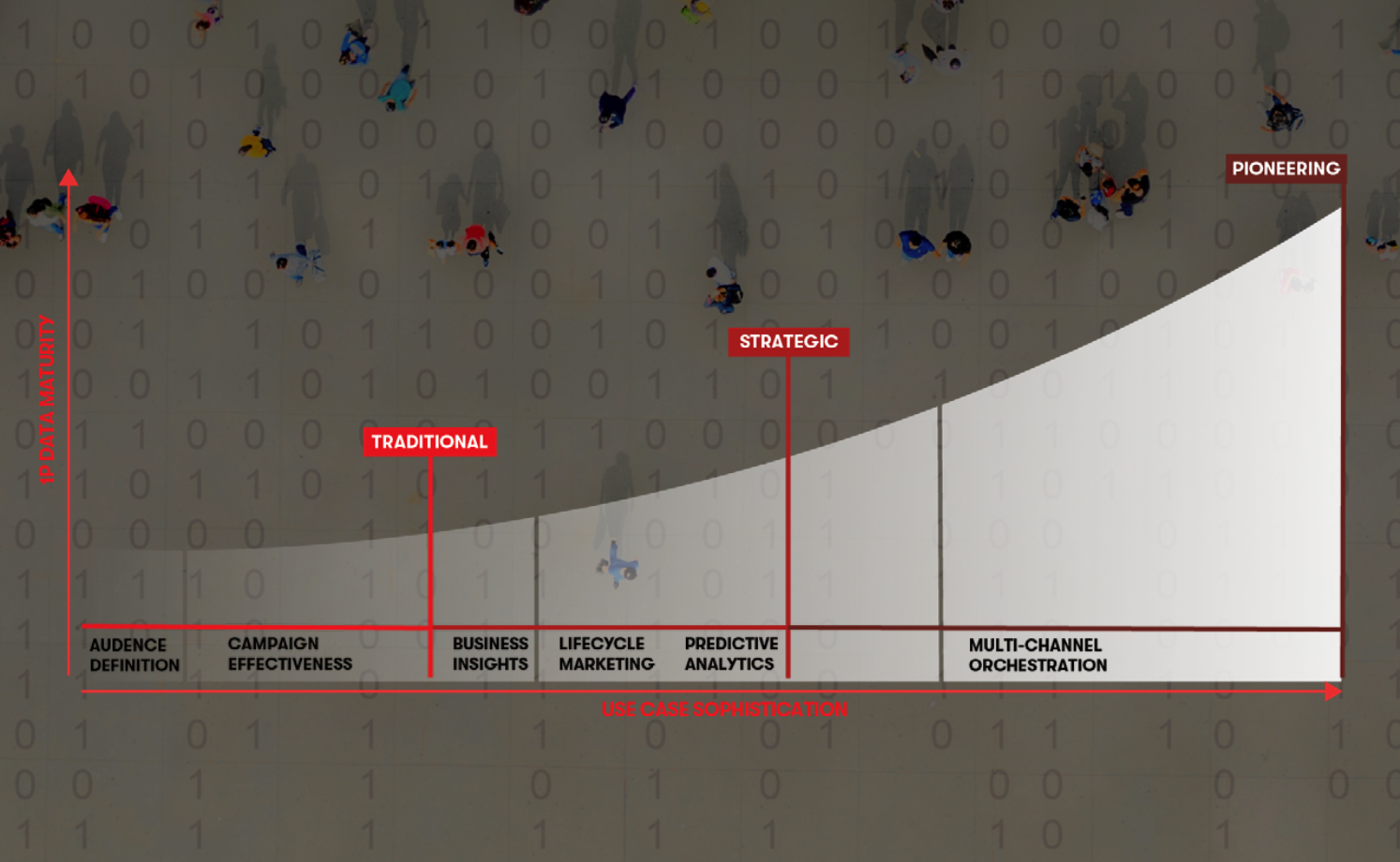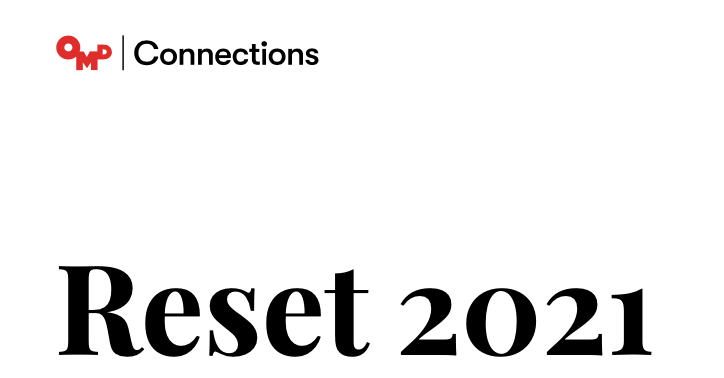2021 is going to be another year of challenge but also a year of immense opportunity for brands. 2020 was a whirlwind of a year where we saw focus on short- term strategies, executives largely focused on maintaining business continuity, and weighing- up cutting costs, driving productivity and implementing safety measures against supportive innovation-led growth. As a result, investments in innovations suffered.
Coming into the new year, OMD Connecttions has released a new report that shares insights, based on data-informed learnings from 2020, on how to navigate 2021 with success.
Consumer behaviours and needs
Thw world we were once familiar with is long gone. The events of the last year have broken the world open to expose parts that need healing, and like many historical tipping points, we are now presented with short and long-term behavioural change. There is a shift now in the way we educate, entertain, work, shop and take care of our physical and mental wellbeing.
2020 saw a collective shift in consumer needs. This has manifested itself in three ways:
- The onset of COVID-19 saw a focus on basic needs, or “Maslow Uncertainty” with anxiety over food and personal health predicted to continue well into 2021.
- The COVID-19 situation has also deeply affected our views on spending. PWC’s Global Consumer Insights Survey 2020 states that the percentage of us who will spend less in the next few months has doubled, with 18% of us experiencing a decrease in household income and an increase in household bills.
- We are seeing a return to consumers seeking out trusted brands, especially in FMCG, with brands such as Reckitt Benckiser, Kellogg’s, Kraft Heinz and PepsiCo reporting double digit growth.
Evidence from Asia suggests a revival of local brands, with consumers prioritizing purpose and communities more than ever before. Hence, signalling the importance for global brands to better discover and find growth in uncomfortable places, be it in the areas of channel and trade distribution or even through local innovation.
Despite all this change some emerging needs aren’t going away, with consumers expectations of convenience being accelerated due to the pandemic. COVID-19 forced cultural experiences online, and saw us embrace and expect convenient virtual alternatives like never before. People’s liquid expectations are driving a number of important but pressing challenges that companies must work to address, whether that be:
- Deciding which new trade-offs between cost and experience they’re willing to make.
- Being challenged to cultivate a resilient customer experience while upholding what made their business convenient in the first place.
Retail Ecosystem
The retail landscape was experiencing change even before the onset of the COVID-19 pandemic. While there was still uncertainty as to the trajectory, 2020 brought that into focus. The dramatic changes in consumer behavior have highlighted business models that haven’t been quick enough to adapt, digital experiences that haven’t lived up to expectations,etc. But on the positive side, the changes have also highlighted brands that were able to maintain a brand voice in an almost entirely virtual consumer relationship.
A trend that isn’t going away is the volatility of pricing in biddable media. It is crucial to understand, as media consumption continues to fluctuate and competitive landscapes continue to change. Secondly, audience. As previously explained, there have been significant changes to category demand and with it we have seen both new audiences, and the behavior of existing audiences change drastically.
Thirdly, is the importance of iterative testing. We’ve seen the most successful brands adapting to a more digital consumer are those that are agile enough to scale out learnings with speed. This type of iterative learning doesn’t come naturally to our industry, but we need to get comfortable with it as it’s here to stay.
This includes fundamental challenges to preparing for testing at scale, such as how to make funding available quickly.
As we prepare for the future of commerce, we need to do so in bi-fold because whilst digitalization will continue to drive fragmentation of market and offer more choice, more routes to market and ultimately more competition than ever before, it will also continue to empower consumers to further connect the dots at their convenience driving deep convergence of the shopping experience itself.
As markets become increasingly diverse and the consumer experience further converges, the successful brands will be the ones that are able to best understand the needs of the consumer across their journey and to use commerce environments to enable both buying and shopping. The winners will be those that design for the most relevant shopping experience, by embracing fragmented marketplaces and accelerating frictionless experiences. Those that are able to excel in both horizontal and vertical experiences and move into a new space of diagonal commerce – a place already starting to be occupied by brands like Etsy and Nike.
Digitalization of retail will accelerate the need for location-agnostic shopping experiences with product virtualization bringing consumers closer to products without being in the same physical space.Physical stores will also digitalize as interactive technologies improve, giving brands the chance to develop much more cohesive and immersive eco-systems. With this we can expect a sharp rise in consumer expectations, with brands that under-deliver, likely to be cast aside for one of the many alternative shopping experiences.
It’s important that we don’t assume that digitalized retail will not require the human touch. Shops will prosper if they learn to trade on emotional and we anticipate one-on-one interactions will become increasingly important for consumers.
Data Strategy
2020 saw a different approach to data management. COVID-19 influenced how brands interacted with data as the report witnessed:
- Altered data footprints
- Real-world tests of privacy regulations evolving as more people moved online
- Google’s announcement that Chrome will remove 3rd party cookies was made at the beginning of 2020, and hasn’t been deferred, with this set to take place by 2022
There was also a shift in how consumers responded to data with 73% supporting government contact tracing apps. Those who had previously been “very concerned” about how their data was used, dropped by 24%, and we are now seeing 83% of people willing to share their data to receive a more personalised experience. For brands, this has led to positive shift in the way marketing tech is invested and deployed.

2020 was also a year in which first party data became the go to asset, as data usage increased in periods of lockdown. Brands need to devise long-term strategies to use their first party data to connect with consumers. There are some seismic shifts impacting consumer awareness, as they become increasingly active in the data ecosystem, that we need to pay attention to in 2021:
- Deeper regulatory scrutiny, which will increase user awareness.
- The rise of Privacy Sandboxes enables qualified and meaningful user participation.
- User initiated (zero party) data will emerge as a long- term solution to leverage trust. It becomes the basis for the highest value exchange between brands and consumers.





